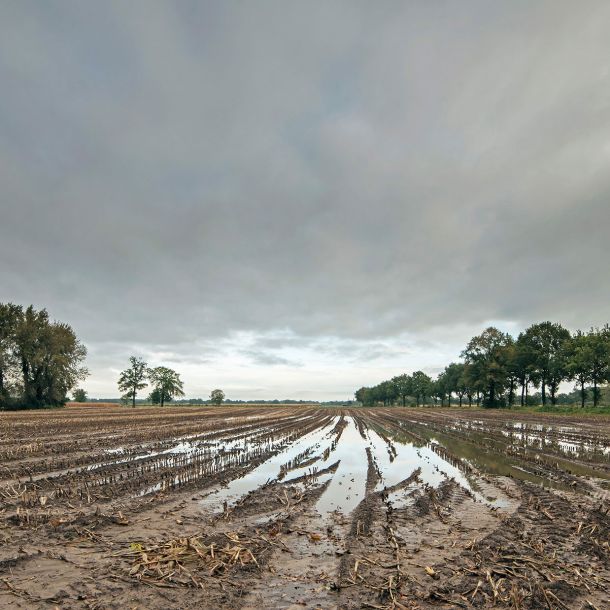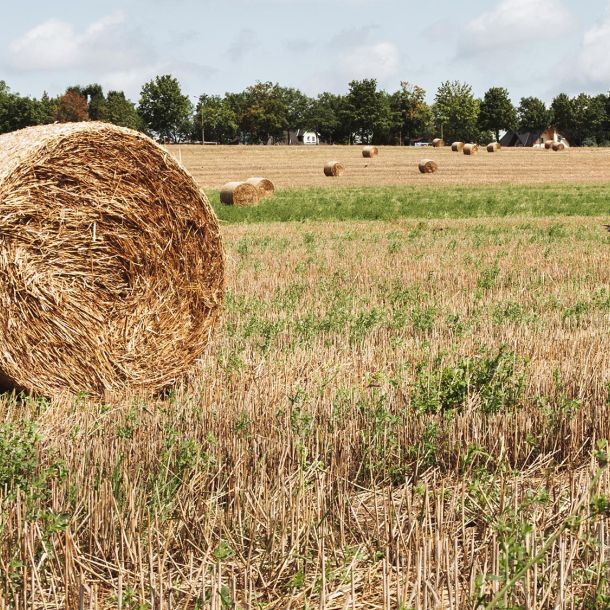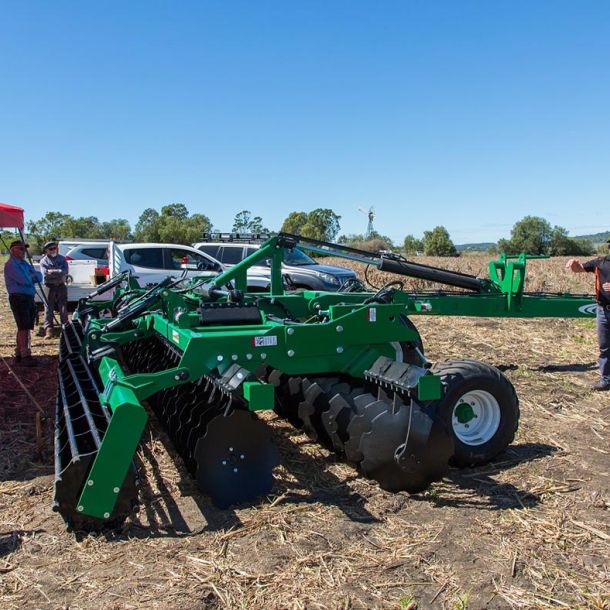Strategic Tillage: A 1-in-5 Year Consideration for No-Till Farmers
Ask 1000 farmers a question about how to raise their crops, and you’ll probably get 1000 different answers. For some, “the way it’s always been done” is the answer; for others, it’s the latest study or newest method. For most, the answer lies somewhere in between.
While opinions vary on a number of ag-related topics, one common topic of discussion is tillage frequency and its implications for soil health. No-till systems have been steadily gaining ground across the world since the 1950s, shortly after Edward Faulkner’s “Plowman’s Folly” raised awareness of the harm of deep mouldboard ploughing on American prairie soils. Faulkner’s tenets have spread over the intervening years, but additional research, university studies, and machine innovations have tempered some of his original observations.
But no-till isn’t always the most beneficial, particularly in harder soil types or those that pack tightly, like clays and clay mixes. These soils can develop hard pans at the 100mm to 150mm range, creating a host of problems[1]. The pans keep water from penetrating more deeply into the soil, where it can nourish developing root systems and be locked away for future use during dry periods. Pooling water on the top few inches of soil causes other problems as well, like acidification of soils from accumulated fertilizers and additives. Some of these additives, like lime, have limited wicking penetration abilities, and without tillage, can only penetrate 15-20mm/year their own and must be constantly re-applied to provide benefit to the crop.
To address these issues while causing the least possible disturbance to soils, farmers have turned to minimally-invasive deep ripping with specialty tools like the K-Line MaxxRipper®, strategically planning their tillage every 4 or 5 years in an otherwise no-till system. Deep rippers provide 200mm + deep soil disruption without sacrificing the residues and humus richness a minimal-till or no-till approach develops[2].
Benefits of deep ripping include:
-
Compaction Busting
By breaking up sub-soil compaction, deep ripping allows root structures to penetrate more deeply into the soil, particularly the tap roots on crops like canola and lucerne. The deeper the tap roots go, the more likely the event that they will reach sub-surface repositories of moisture. Deeper root systems also provide pathways into the soil for rains to follow, increasing the depth at which rains penetrate, and increasing the overall moisture retention capacity of the soil. -
Nutrient Retention
In no-till systems, one of the main complaints is nitrogen loss due to volatilisation. Nitrogen is extremely volatile when exposed to oxygen, and will vaporise into the air quickly, loosing efficacy, if left at the surface. Top-dressed fertilisers or broadcasted manures must be worked into the ground to realise their full benefit, and a single pass with a deep ripper can introduce N to the subsoil layers, locking in the nutrient and making it available for future crops. -
Residue Decomposition
Residues are another potential nutrient source that are more beneficial when worked in. Working residues into the soil increases the rate at which they mineralise (decompose) and humuficate (reach mature humus state). The faster residues complete these steps, the sooner they’re available to plant roots as a nutrient source. -
Residue Anchoring
Tillage “anchors” the residue in the soil, rather than allowing it to blanket the top of the soil’s surface. Anchoring puts the physical and organic benefits of the residues (moisture retention, erosion control, nutrient availability, etc.) directly into the soil, not simple on top of it. -
Rut Levelling
Applying strategic tillage to no-till paddocks is also an effective way to combat other types of soil compaction, like ridging and rutting. A turn across a paddock with a deep tillage machine breaks up all sub-surface ridges and breaks apart ruts left by tractors and implements or created after heavy drought-rain cycles which Australia often experiences.
There are some additional short-term considerations when contemplating a strategic deep ripping till of a no-till system, particularly in regards to weather forecasting and rain expectations. However, managing these considerations are a small thing compared to the potential benefits a deep ripper can provide with your no-till subsoils.








